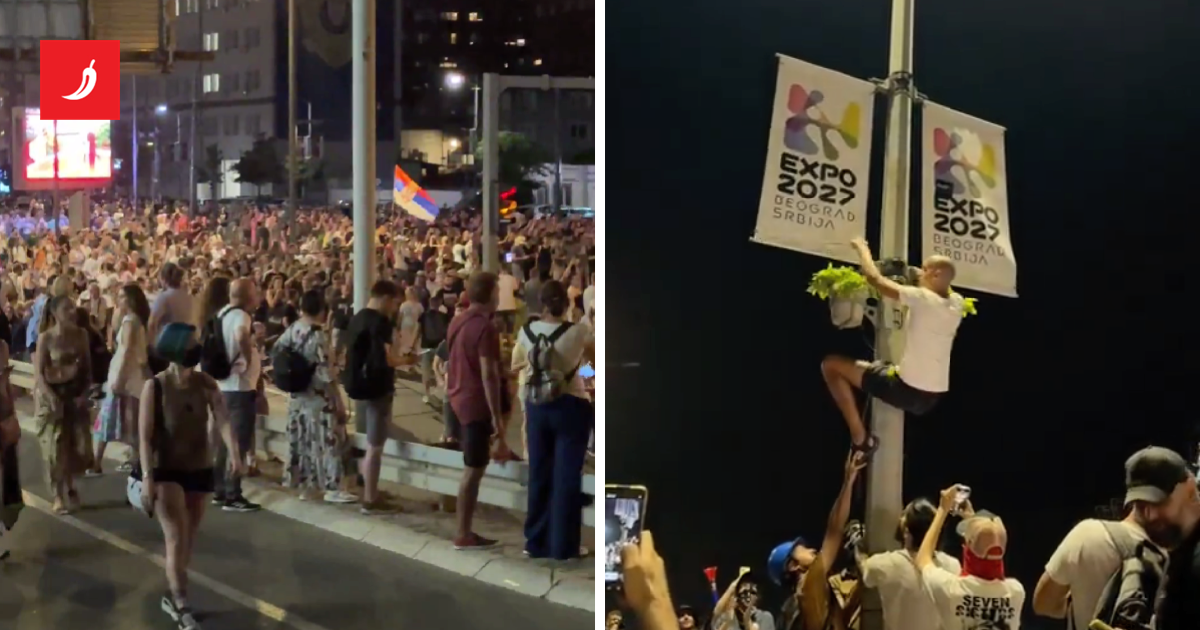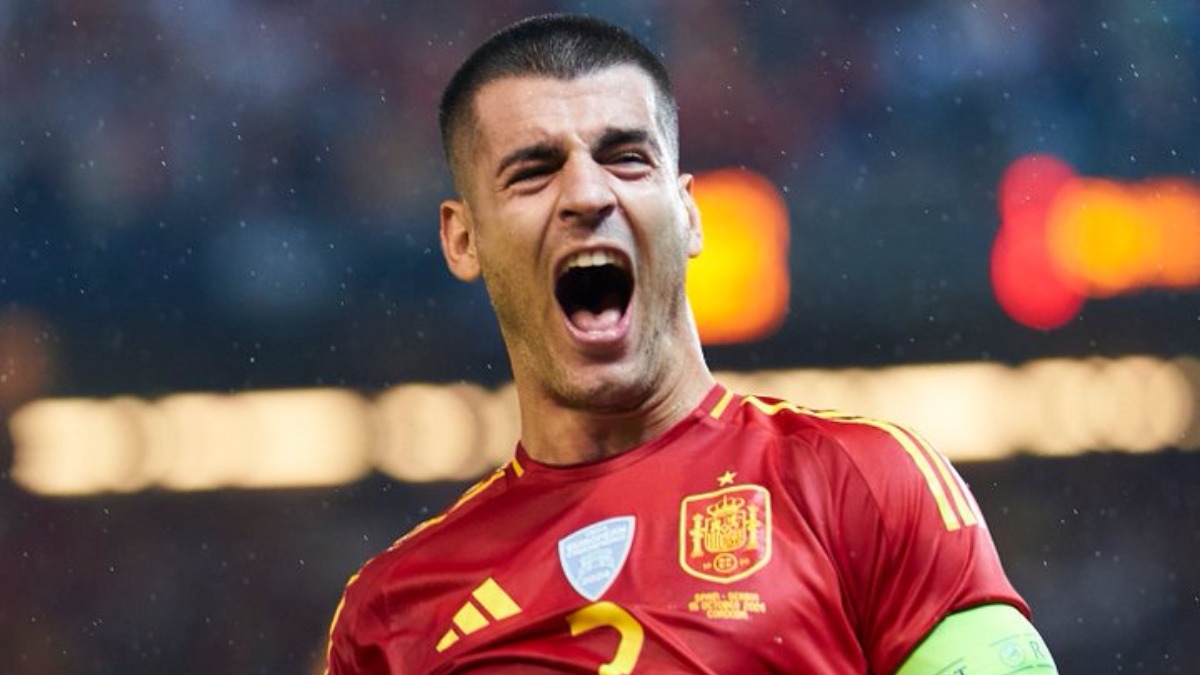Chaos in Serbian Streets: Students and Citizens Block Cities, Police Arrest, and Authorities Threaten!
Serbia is engulfed in a wave of protests sweeping through Belgrade, Novi Sad, Čačak, Niš, and several other cities. Students and citizens have raised their voices against the government, blocking intersections, bridges, and main roads. Stones are flying, windows are breaking, and police are arresting dozens, including students accused of “preparing violent changes to the constitutional order.” Is this a fight for justice or chaos used by the authorities as an excuse for repression?
Barricades and Blockades: Novi Sad and Belgrade in Chaos
In Novi Sad, students improvised barricades on about 15 intersections, blocking traffic late into the night. Stones were thrown at the headquarters of the Serbian Progressive Party (SNS), and windows were shattered. Novi Sad’s mayor Žarko Mićin called the blockades “anti-democratic and anti-civilizational acts.” In Belgrade, the Gazela and Pančevački bridges, along with key intersections, were blocked. Police intervened and arrested several people, while protesters declared this is not the end and announced new protests.
Arrests and Accusations: Students as “Violent Terrorists”?
The Belgrade Public Prosecutor’s Office announced the arrest of eight students suspected of planning attacks on state institutions and blocking critical infrastructure. The charges are severe – preparing acts against the constitutional order and calling for violent regime change. Social Democratic Party leader Boris Tadić condemned the arrests, stating the government is “arresting Serbian youth under the heaviest charges.” Marinika Tepić from SSP called the regime “dictatorial” and warned that students are being hunted like the worst terrorists.
Police and Violence: Who’s to Blame for the Clashes?
Police claim they responded after demonstrators threw stones, bottles, and eggs. On the other hand, students and citizens claim attacks on them were “staged” and that the government uses violence to suppress protests. Incidents also occurred in Čačak, Niš, Pančevo, Šabac, and other places where citizens set up barricades and vowed not to leave until early elections are called.
Support and Boycott: Opposition and Citizens United?
Student faculties and civic assemblies called for a boycott of the National Assembly and demanded early elections. Farmers, bikers, and war veterans announced support for the blockades. Although the government tries to portray the protests as violent and destructive, it is clear that dissatisfaction is growing and citizens are not accepting the current situation.
What’s Next?
As streets fill with barricades and police make arrests, the question remains how long this wave of protests will last. Will the government listen to the voice of the people or continue repression? And what will happen to the students accused of the gravest crimes? One thing is certain – Serbia is at a crossroads, and the streets have become a battlefield between the people and the authorities.
If you thought this was just another ordinary protest, think again. This is a fight for Serbia’s future, and every blockade, every stone, and every word carries weight. So, what do you think – heroes or hooligans? Drop a comment below and let your voice be heard!







